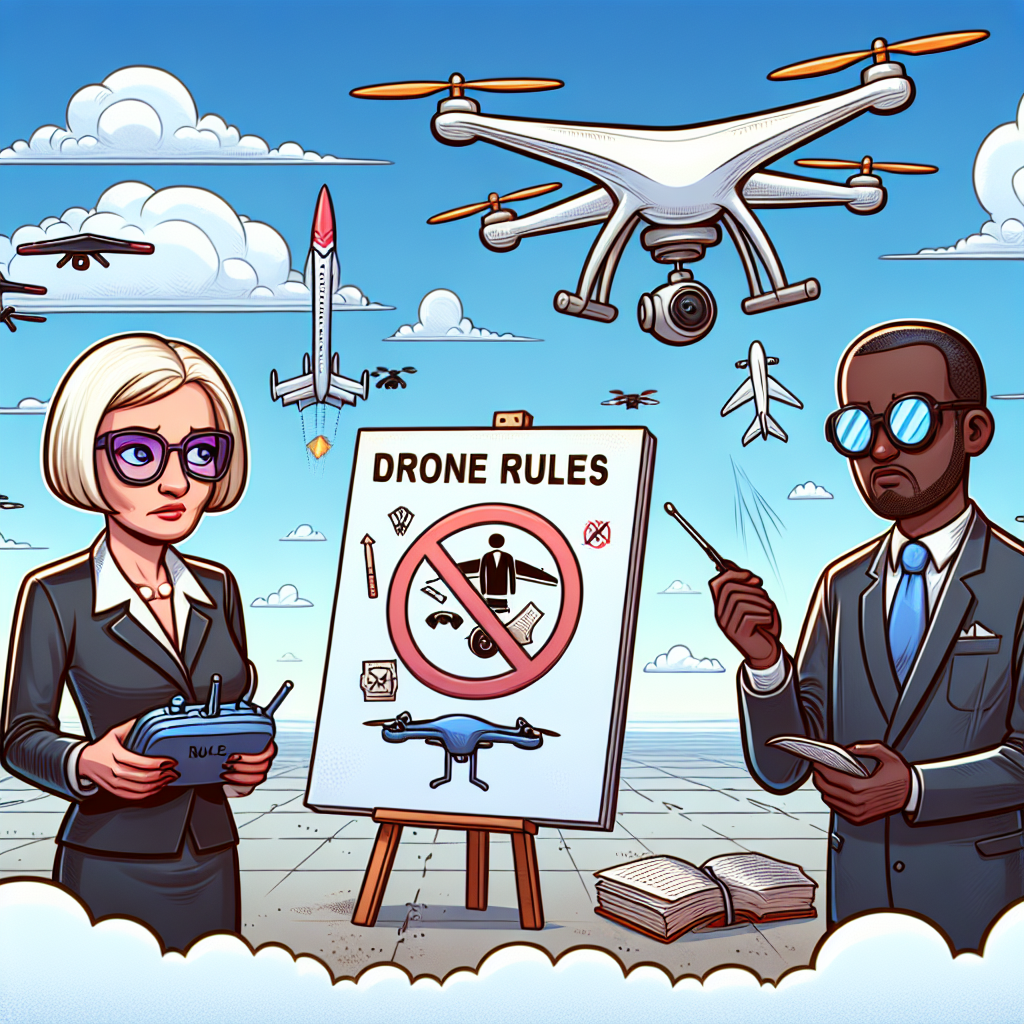Navy's Autonomous Drone Challenges Amidst Maritime Warfare Advancements
Recent incidents during U.S. naval tests highlight challenges in developing autonomous drone vessels, crucial for future maritime warfare. Despite setbacks, the Pentagon aims to enhance its naval fleet's capabilities amid rising sea drone efforts. Internal changes and reviews within the Navy's drone acquisition programs add to the complexity.

Amid efforts to advance naval warfare technology, recent U.S. naval tests have revealed challenges in the development of autonomous drone vessels. A software glitch during a test off the California coast led to a collision between two vessels, underscoring the complexities in the Pentagon's push for a cohesive autonomous fleet.
In another incident, a support boat capsized after being towed by an accelerating autonomous drone. Both incidents, involving tech rivals Saronic and BlackSea Technologies, expose the hurdles in communication between onboard systems and external software. These tests are critical as the U.S. eyes maritime drone swarms to counter threats across the Taiwan Strait.
With a $1 billion Replicator program underway, the Navy faces internal reviews and restructuring, particularly within the Program Executive Office Unmanned and Small Combatants. The initiative aims to expedite naval capabilities amidst skepticism and leadership changes.
(With inputs from agencies.)
- READ MORE ON:
- drone
- navy
- autonomous
- maritime
- U.S.
- Pentagon
- BlackSea
- Saronic
- technology
- Replicator










